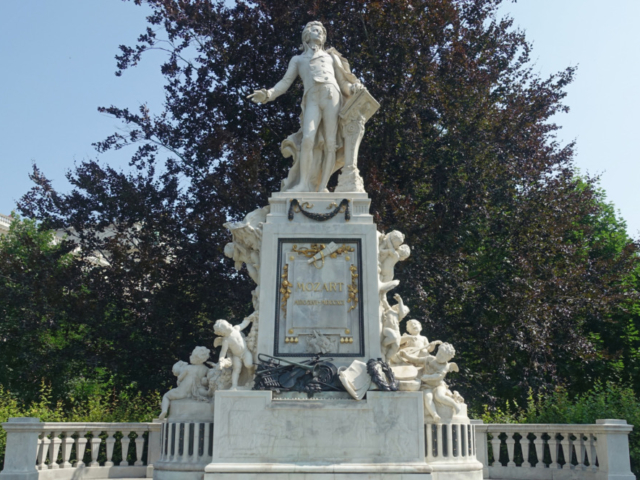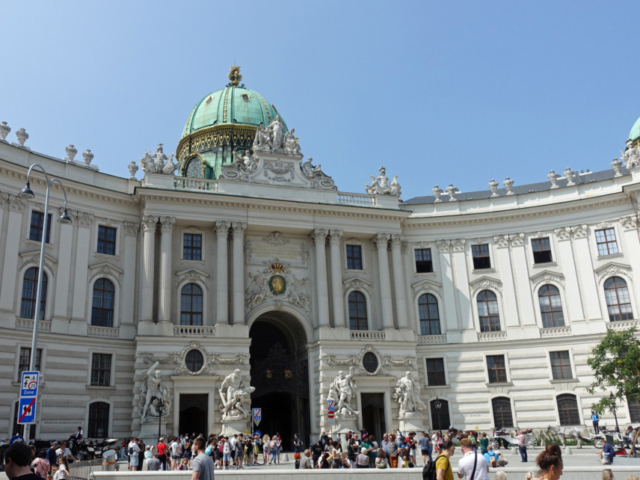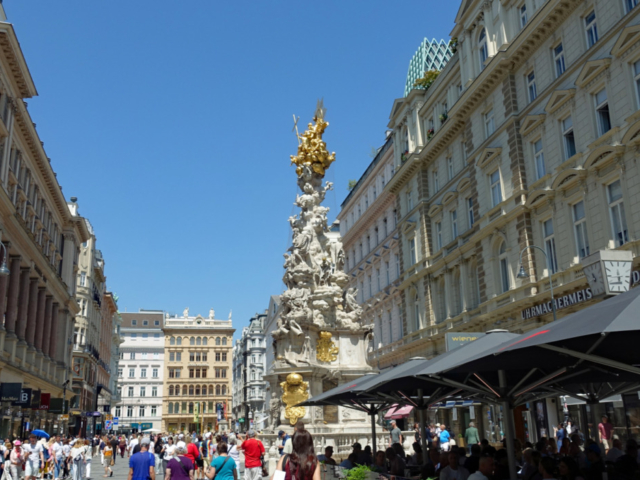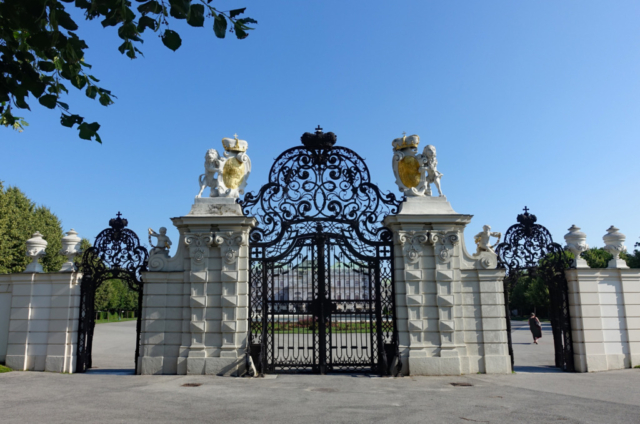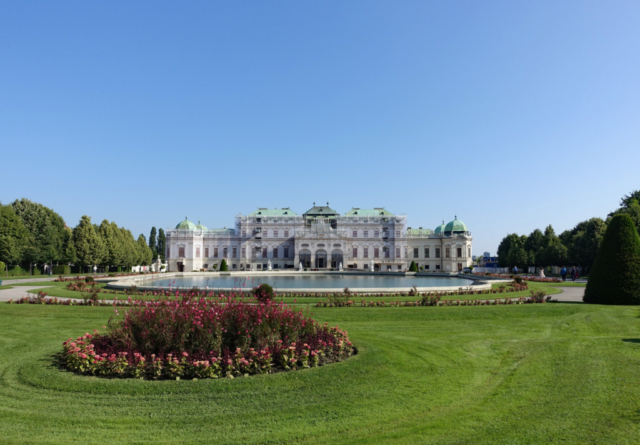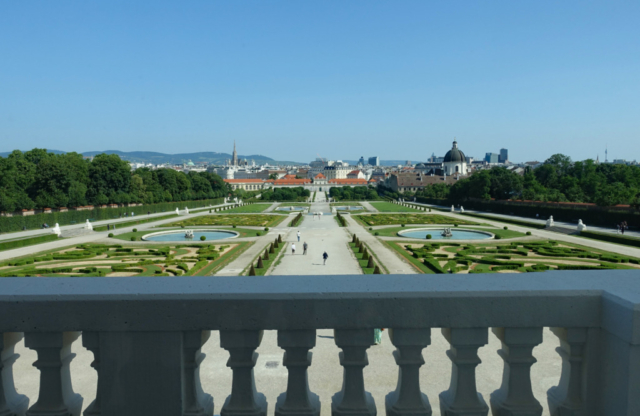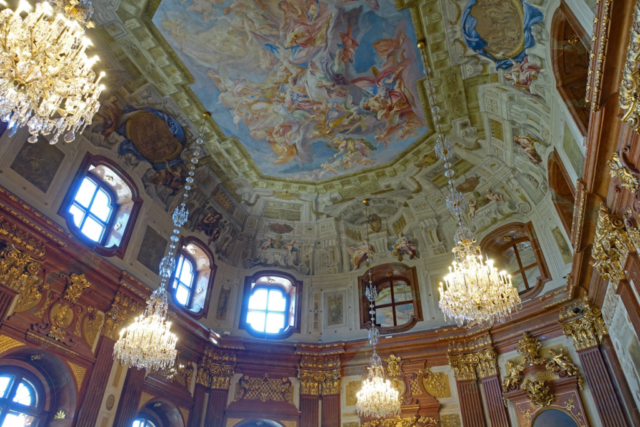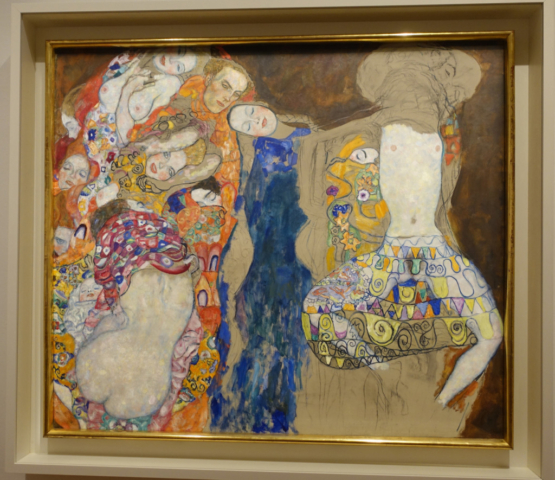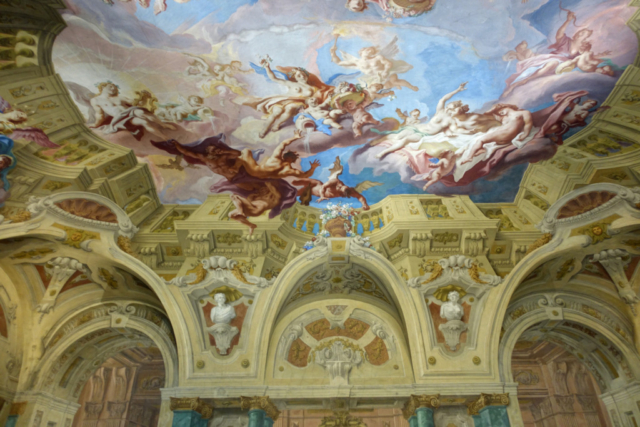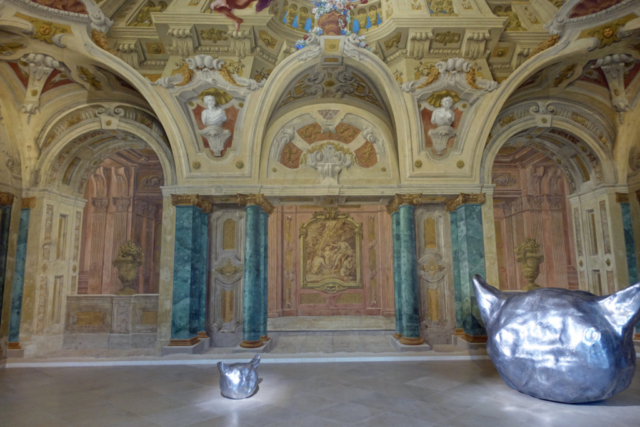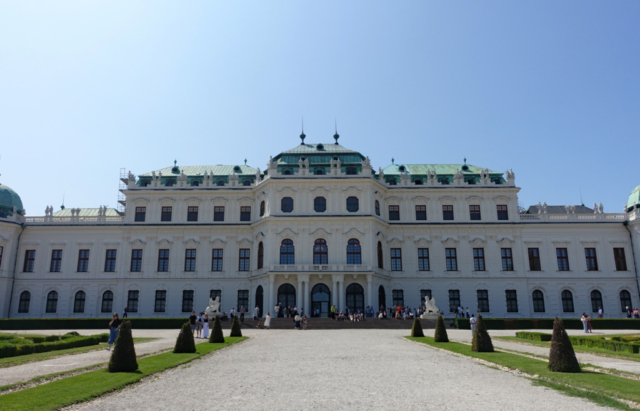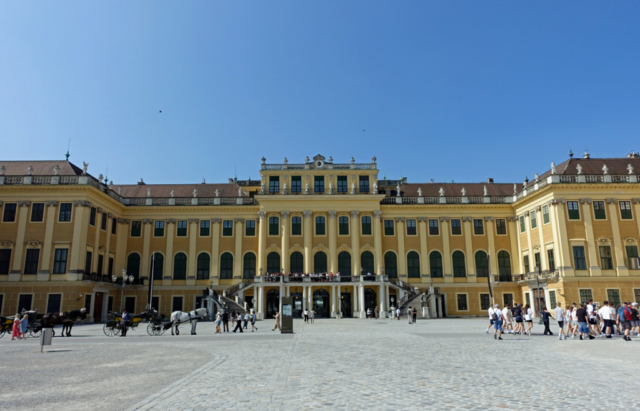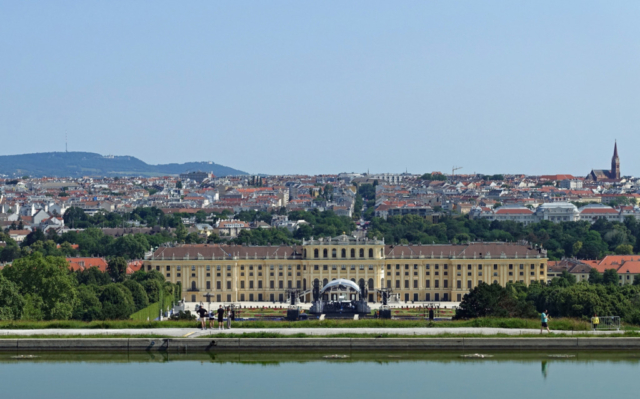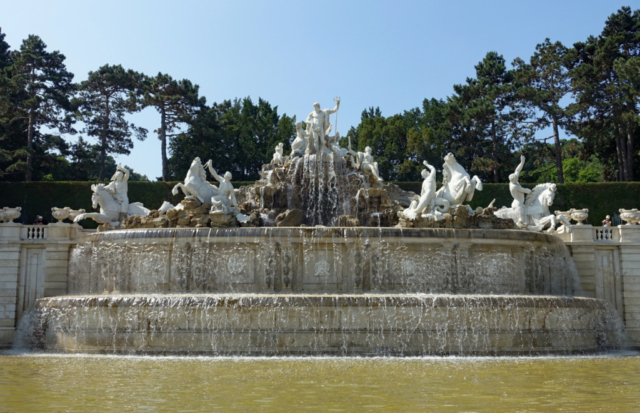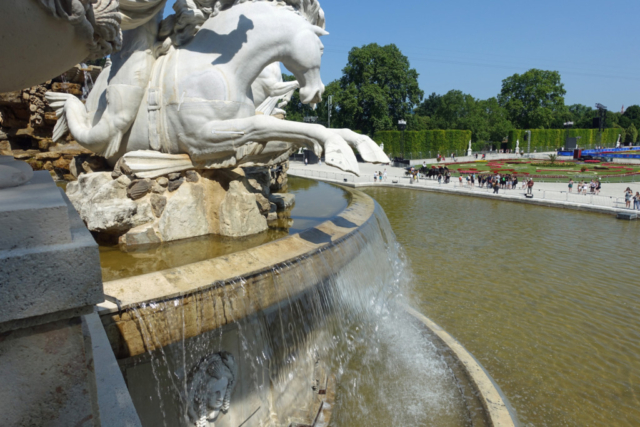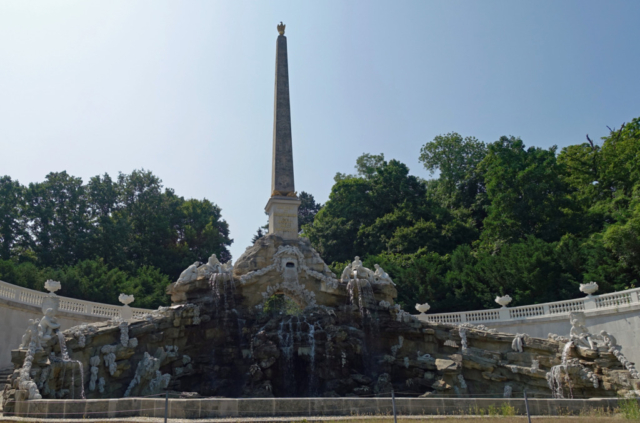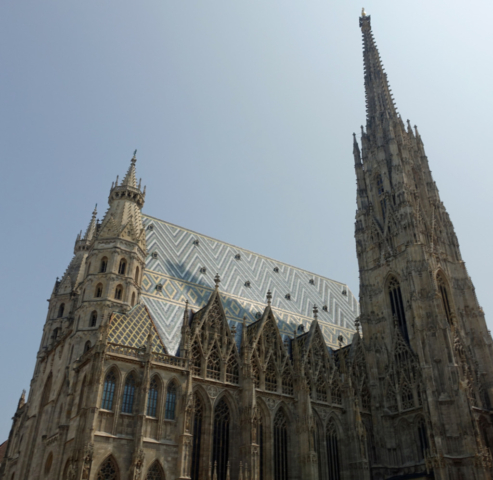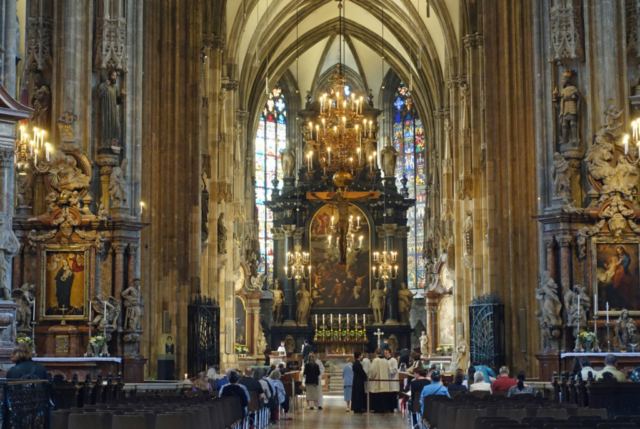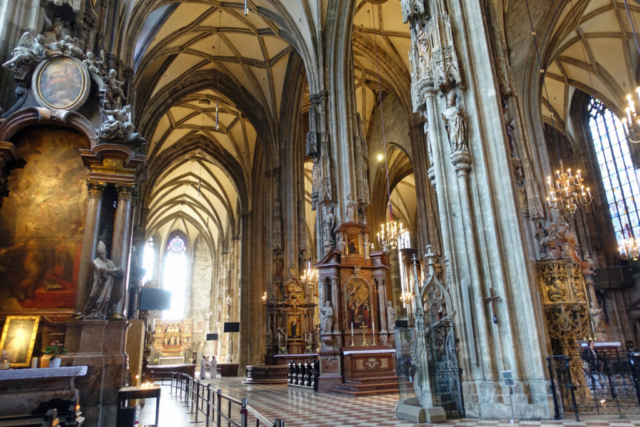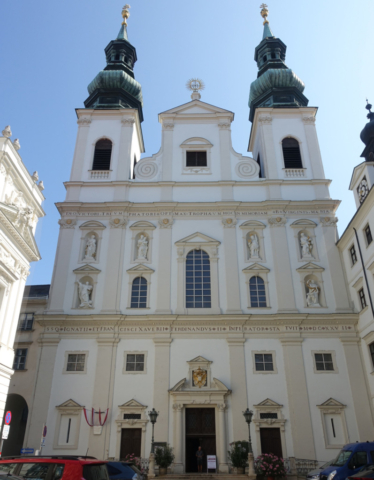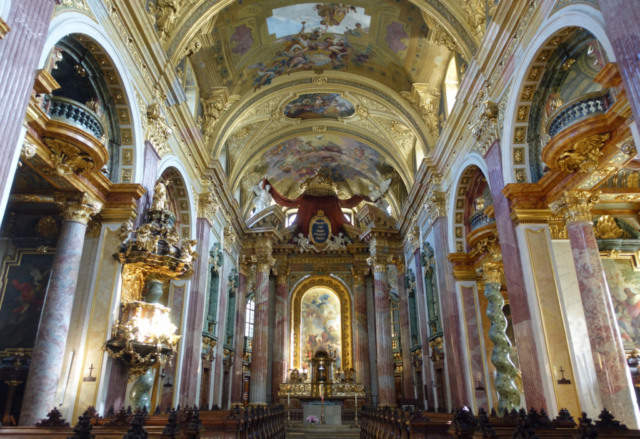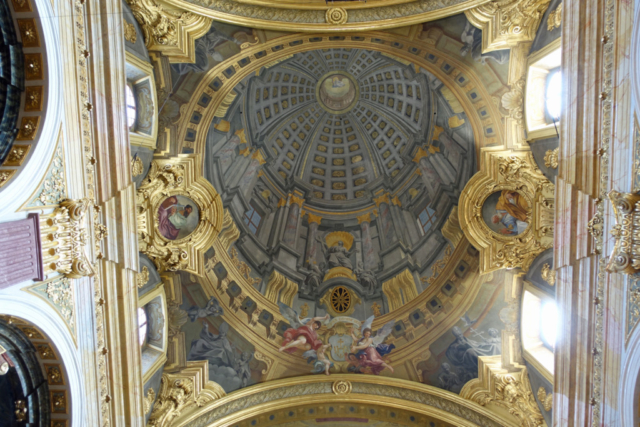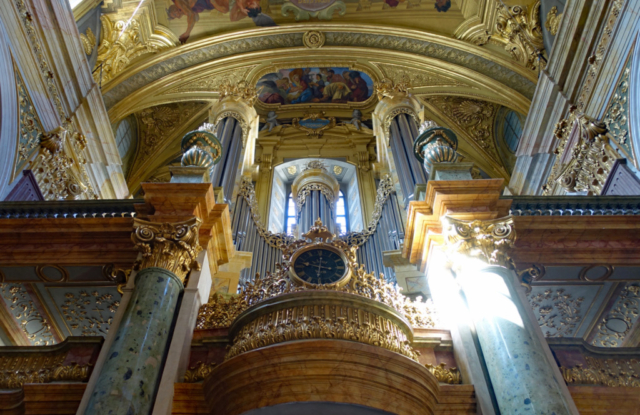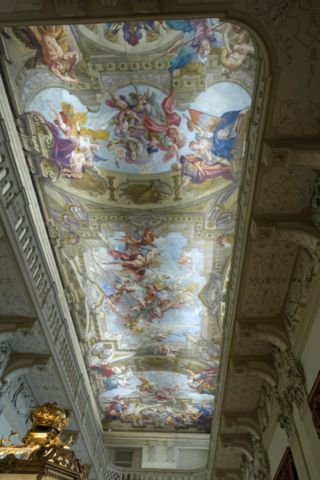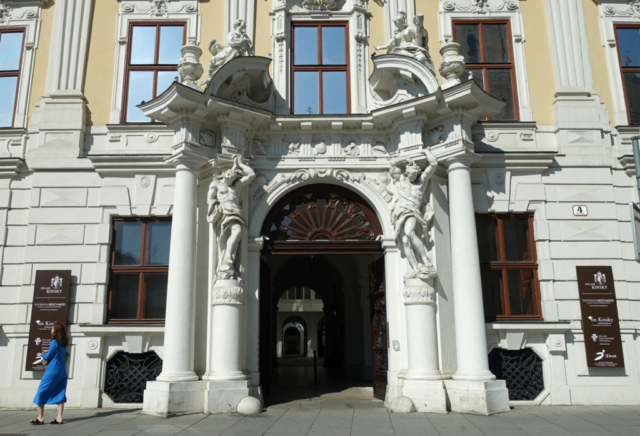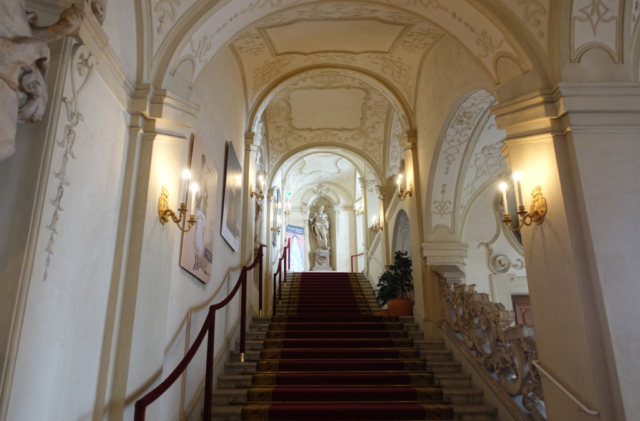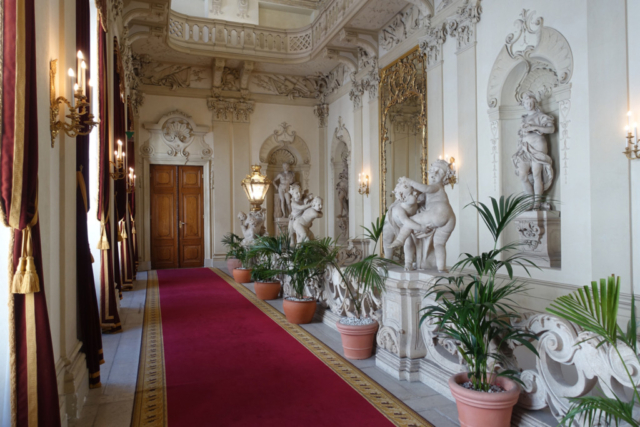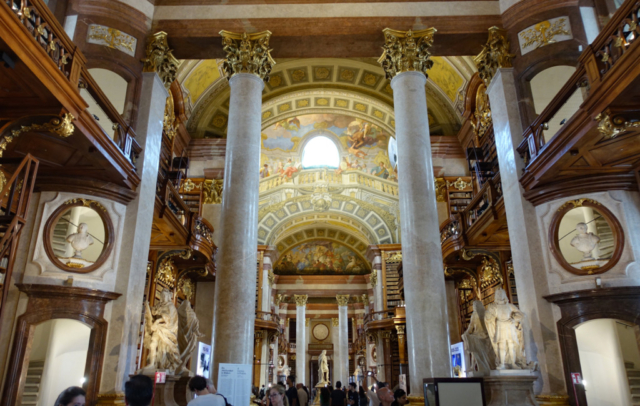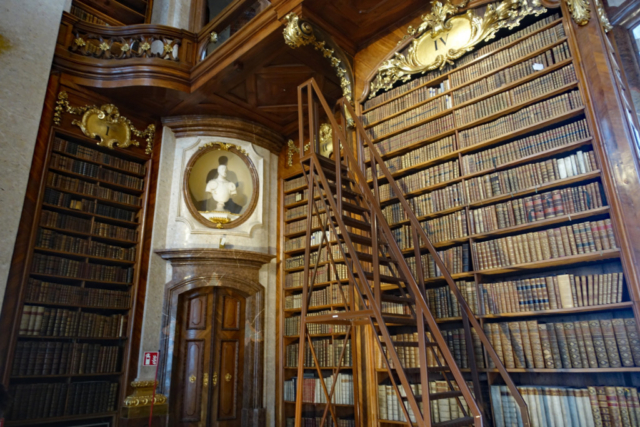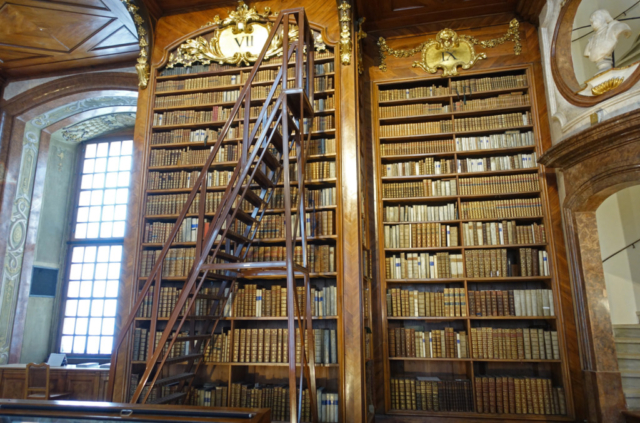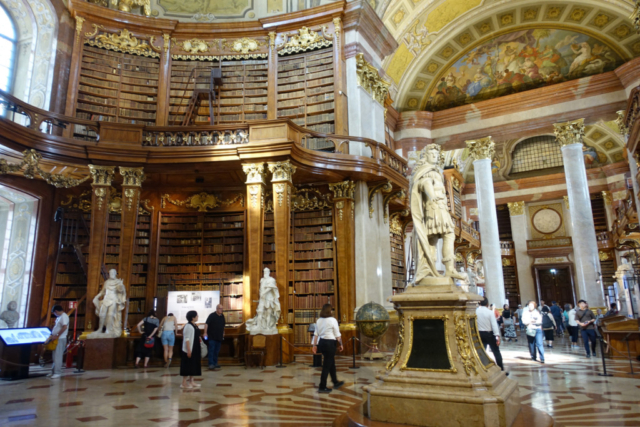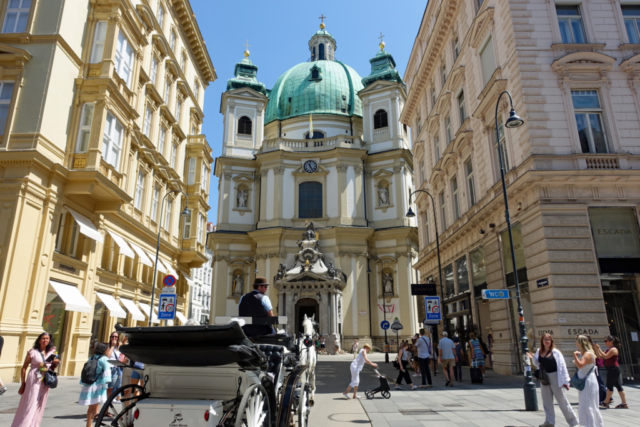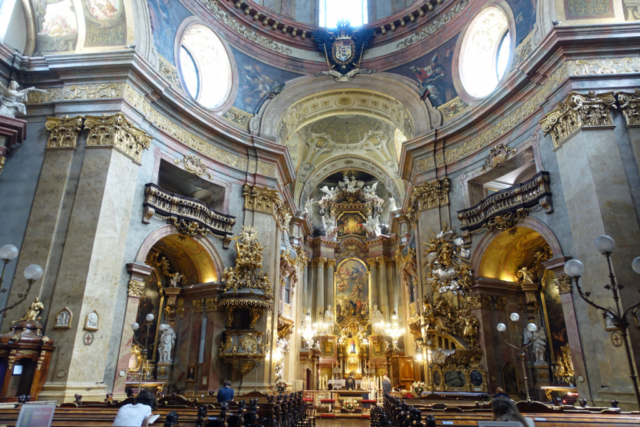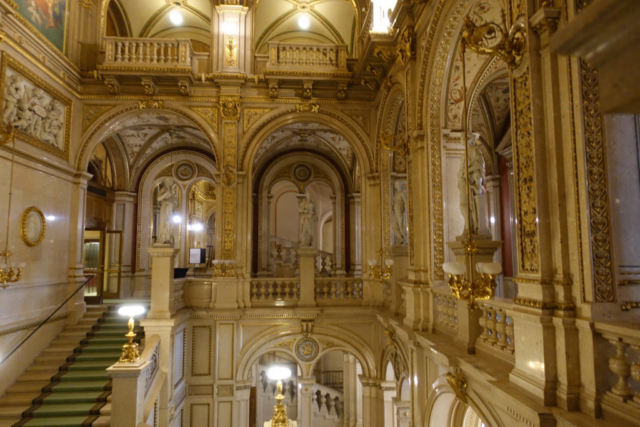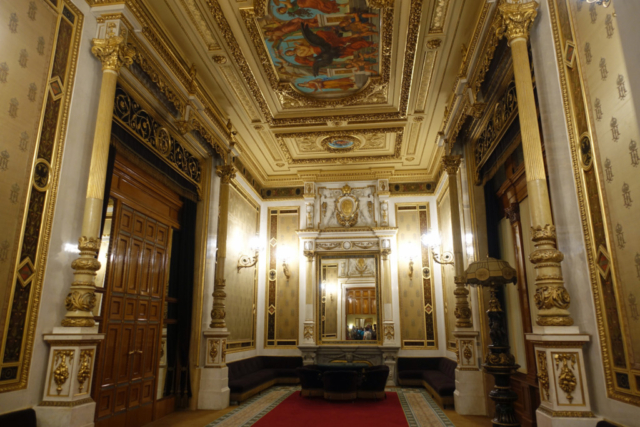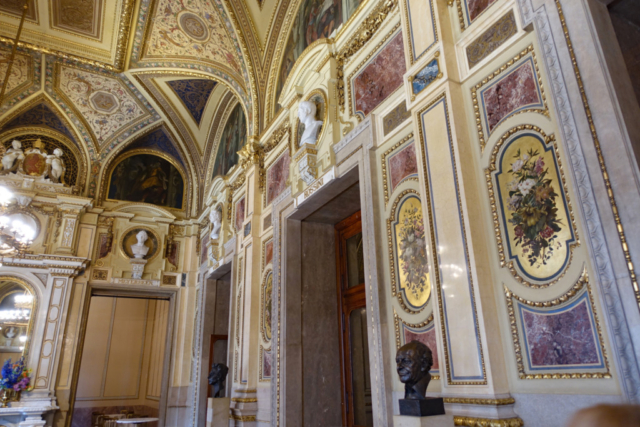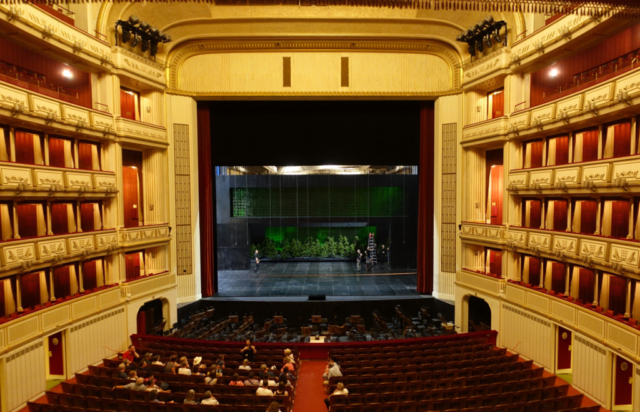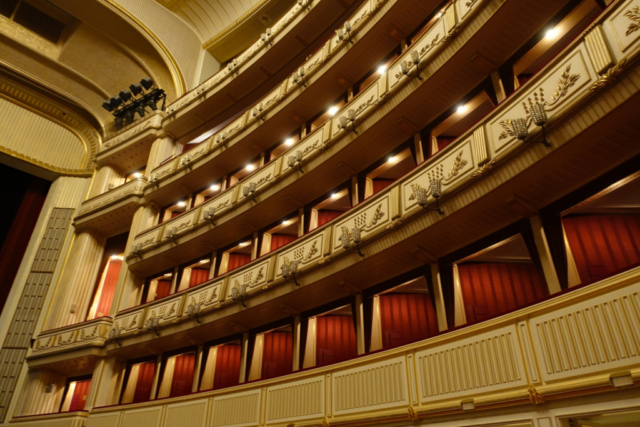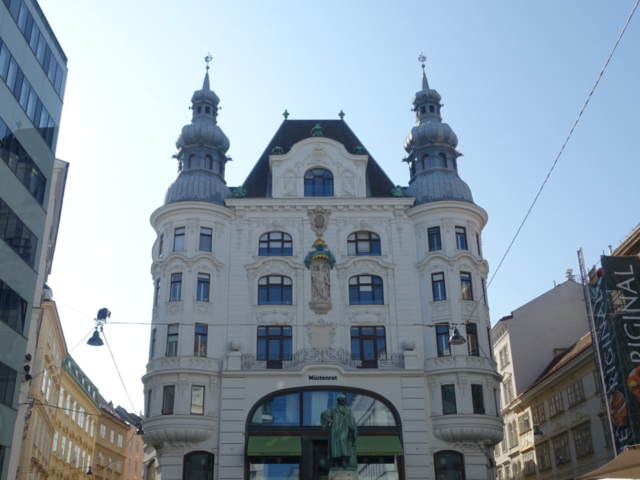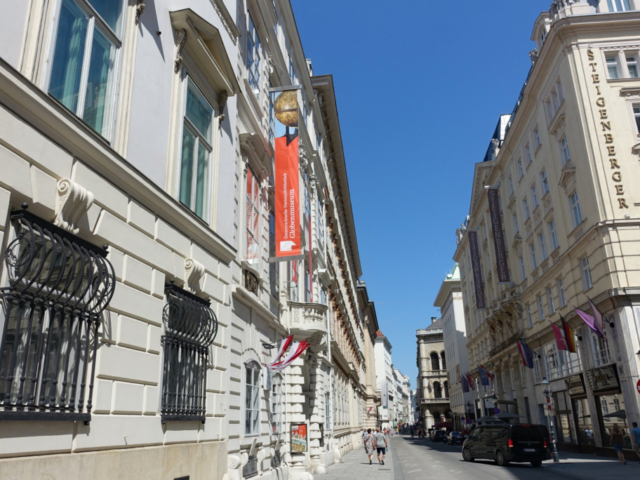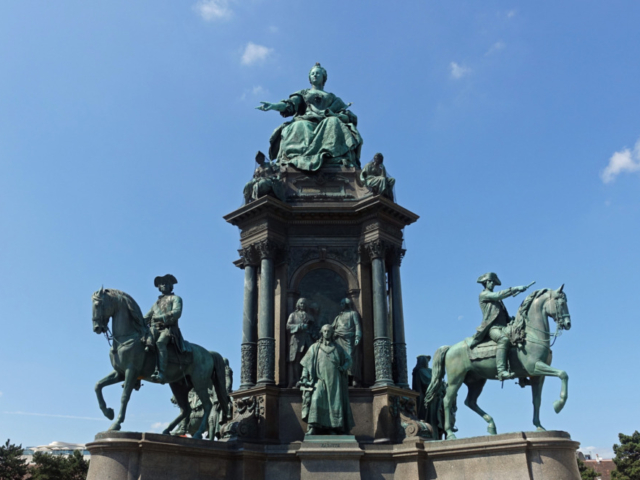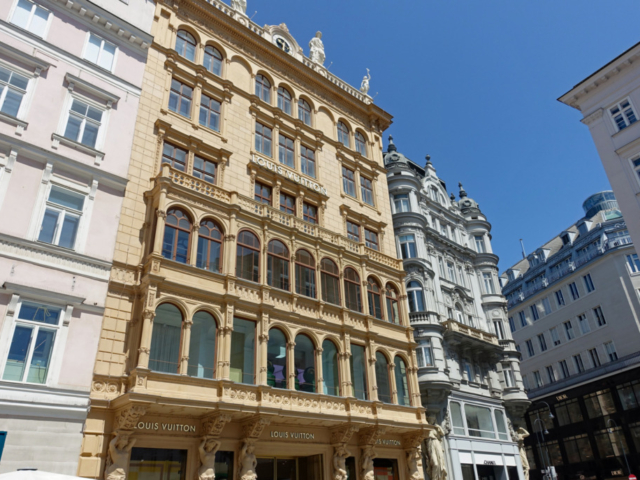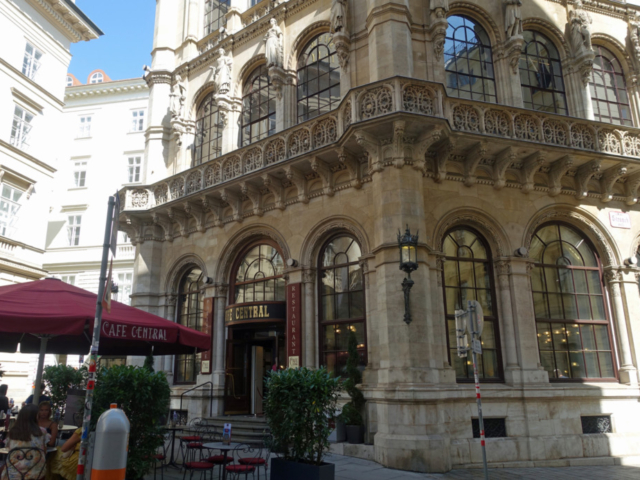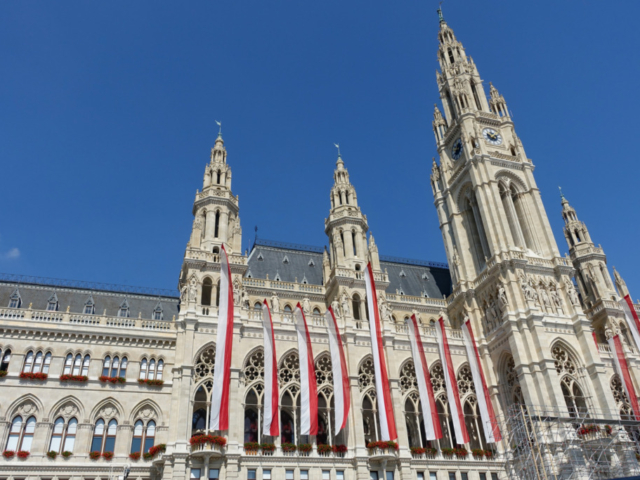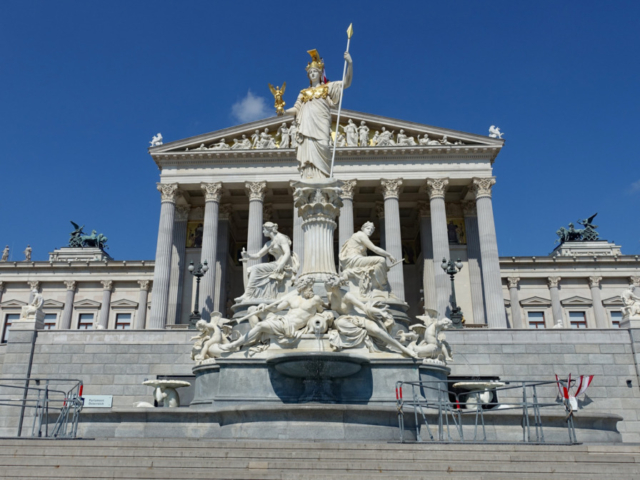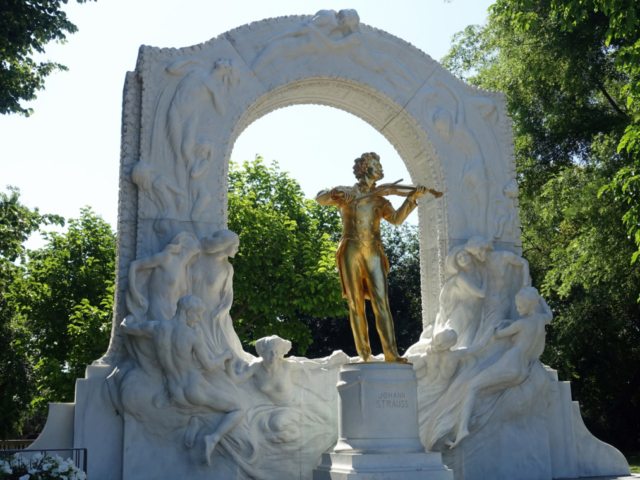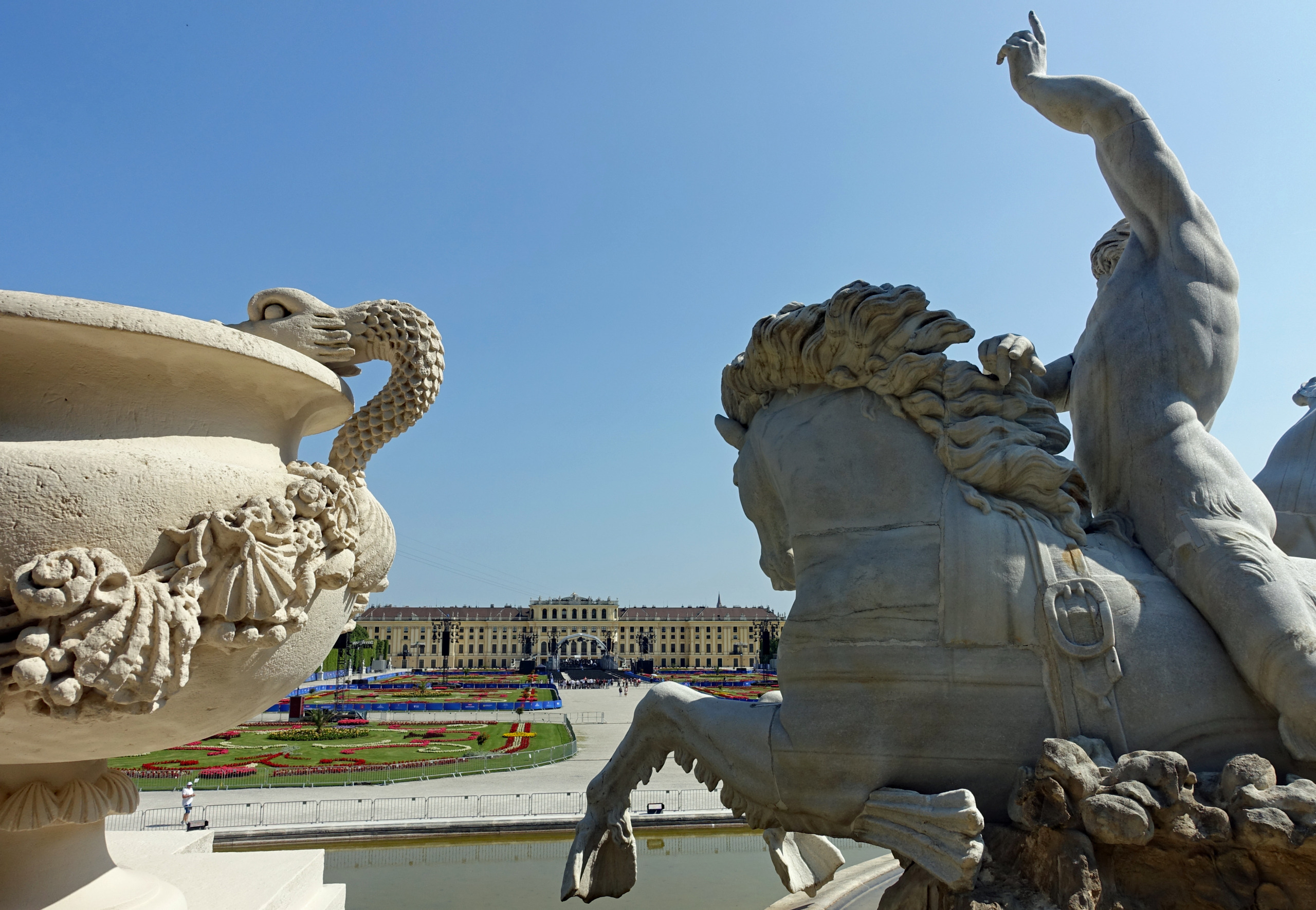
Vienna, the capital of Austria, is one of Europe’s most elegant and historically rich cities and has been a major political and cultural center for centuries. Vienna is also known as the City of Music having been home to Mozart, Beethoven, Schubert and Strauss. The city’s historic center is a UNESCO World Heritage Site, rich with baroque imperial palaces and gardens.
Vienna’s history is typical of this region, going back to the Roman times. Its strategic location on the Danube River allowed it to grow into a significant medieval trading center. In the 13th century, Vienna became the seat of the powerful Habsburg dynasty which ruled much of Europe for centuries. The city played a key role in European politics during the Austro-Hungarian Empire from 1867 to 1918. Following World War 1 Vienna became the capital of the Republic of Austria, endured Nazi annexation in 1938 and did not regain full sovereignty until 1955. Today the city has a population of just over 2 million in the city proper and is one of the most populated cities on the Danube River. Vienna is known for its high quality of life and vibrant arts scene.
We took the train from Budapest to Vienna, because train travel is just so darn easy in Europe. Leaving our Budapest apartment at 11 am we were in our Vienna apartment by 3:30 pm, and that included metro line rides on both ends. We booked our long distance train with RegioJet because their prices were noticeably less than other rail lines we looked at. We reserved seats in the Relax 2nd class car which has only 3 seats in each row and includes coffee and bottled water, tickets cost 29.90 Euros (USD $33.96) each for the one way trip.
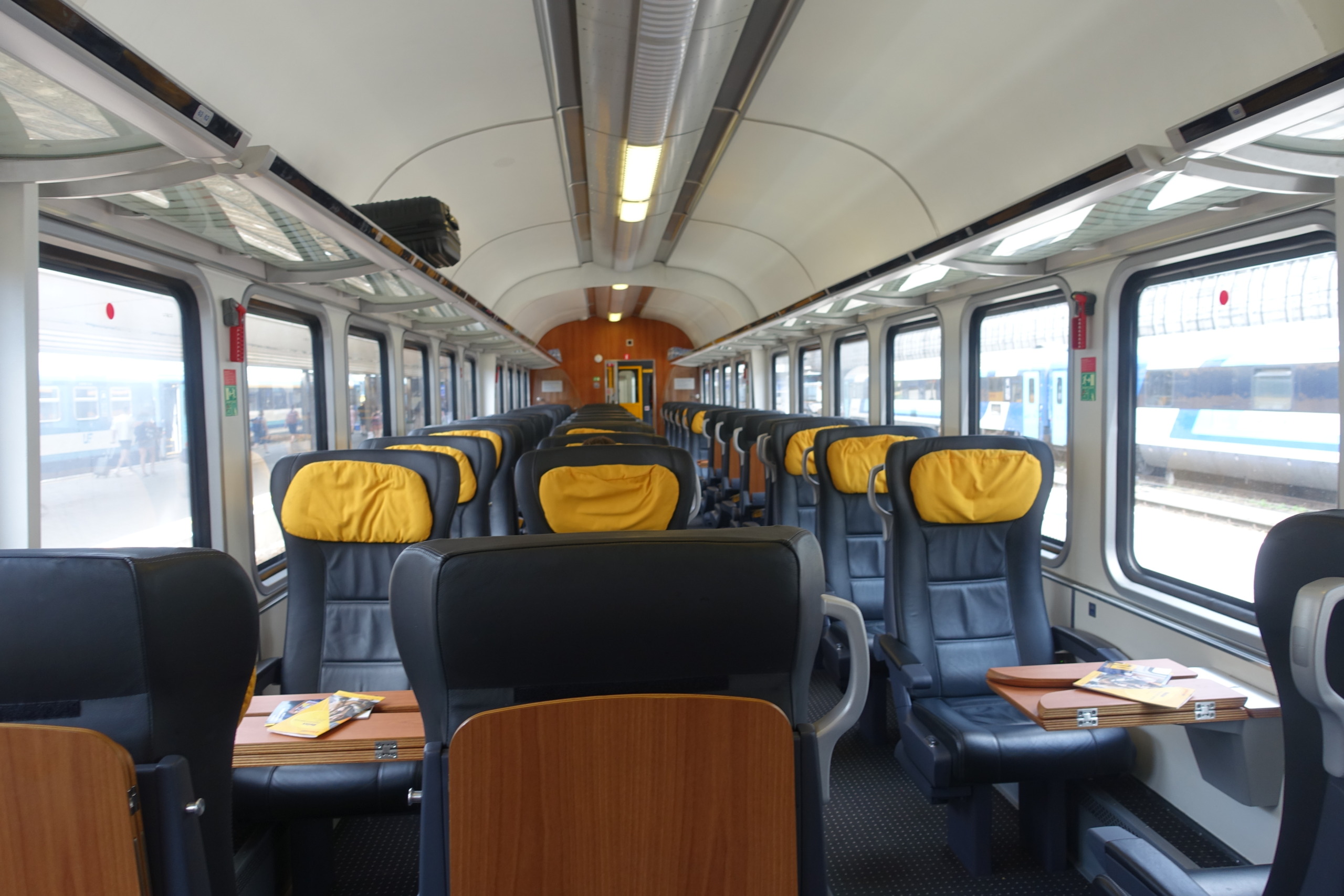
Our Vienna apartment was in the Margareten neighborhood, about a 6 min Ubahn trip into the historic city center. In Budapest we had free transit but that’s not offered in Vienna. What they do have though is discounted tickets for seniors. A one way journey costs 1.50 Euros (USD $1.72) each. There is a 7 day pass available, but they do not offer a senior discount on the pass and it costs 22.90 Euros (USD $26.32) so we would have to make 16 trips to break even. It worked out less expensive overall for us to buy tickets on the days we used public transit because some days we just wanted to chill at home and walk around our neighborhood. The grocery store is across the street and there are one or two nice restaurants nearby as well. Plus, its a much quieter area outside of the city center. It’s June in Vienna and the tourists are here en masse!!

Our first excursion was a free walking tour of historical Vienna. Our guide Lisa was informative and energetic, sharing the history of Austria and Vienna, including explaining about their Nazi involvement which they are not proud of. I did not remember that Hitler was Austrian! We walked past the Opera House, Hotel Sacher (where the famous Austrian cake Sacher-torte was first made, around many of the buildings that make up the Hofburg Palace, past a statue of Mozart, to the most expensive shopping street in Vienna where all the name brand designers have stores, to a large monument to the plague victims and finishing in front of St Stephens Cathedral. It was an interesting and informative tour learning about the Habsburg dynasty and Viennese history. (click on any photo to enlarge)
Belvedere Palace, the summer residence of Prince Eugene of Savoy, is now a museum housing one of Austria’s most valuable art collections, the most famous of which is Gustav Klimt’s “The Kiss“. Of the three buildings on the grounds we chose to visit the Upper Belvedere, a Baroque palace with 800 years of art history inside. There are 24 Klimt paintings in the Belvedere making it the world’s biggest collection of his work. We bought tickets for the 9 am entry slot, the first of the day, in the hopes we would beat the crowds. As soon as we entered we made our way directly to The Kiss and had a quiet viewing before it got too busy. From there we meandered around the entire palace for a couple of hours admiring the variety of artwork within. It definitely got busier as the morning went on so I would recommend getting there early. Seniors tickets for the Upper Belvedere cost 15.50 Euros (USD $17.95) each and can be bought here.
Schonbrunn Palace was the main summer residence of the Habsburgs, and what a residence, it is the most visited attraction in Vienna. The 1,441 room Baroque palace is one of the most important and historic monuments in the country. The history of the palace and its vast gardens spans over 300 years and has been a major tourist attraction since the mid 1950’s. Franz Joseph, the longest-reigning emperor of Austria was born at Schonbrunn, spent a great deal of his life there, and died there in 1916. After the downfall of the Habsburg monarchy in 1918, the palace became the property of the Austrian Republic and was preserved as a museum. Because the crowds inside the palace are overwhelming we decided to confine our visit to the gardens, which still took a couple of hours. Unfortunately, there was a large concert the next day so much of the sculpted gardens behind the palace were closed off for a large stage and seating. Towards the back of the property is the Gloriette structure, a gloriette is French meaning a building in a garden erected on a site that is elevated with respect to the surroundings, typically in the form of a pavilion open on the sides. The Schonbrunn Gloriette is probably the largest and best known gloriette, built in 1775 as the last building constructed in the garden.
St. Stephens Cathedral is the symbol of Vienna and sits at the very center of the city. At 136 meters high, it is the tallest church in Austria. St. Stephen’s Cathedral is not only Austria’s most important Gothic building, it is a symbol synonymous with the reconstruction of Austria after being severely damaged during the Second World War. Construction of the Cathedral began in the 12th century and the interior was changed repeatedly over the centuries until it was finally given its current Baroque appearance. On the roof of St Stephens, colorful glazed tiles were laid to create the coat of arms of the city of Vienna.
The Jesuit Church was built between 1623 and 1627 on the site of an earlier chapel. Despite it relatively plain exterior, the interior is remarkably opulent with twisting marble pillars, intricate wood carvings, lavish gilding and magnificent ceiling frescoes. The most beautiful is the illusionary trompe-l’oeil dome painted on a flat part of the ceiling in 1703 by Andrea Pozzo, who is buried in the church. I love finding these out of the way treasures away from the popular tourist sites.
Another out of the way treasure we found was the Palais Daun-Kinsky, an opulent Baroque palace built between 1713 and 1719. It’s Vienna’s most elegant address for auction events, weddings, conferences and glittering events. With a richly decorated staircase, frescoed ceilings, mirrors and statues we enjoyed our visit.
The Austrian National Library is Europe’s largest Baroque library housing over 200,000 historic books on richly decorated wooden shelves. The Grand Hall is one of the most beautiful library rooms in the world crowned at its center by a mighty dome covered with colorful frescoes. The library’s holdings include a vast collection of antique, medieval and modern manuscripts dating from the 4th century to the present. The map and globe collection goes back to the 16th century and the library also holds a large collection of musical scores by well known composers. Aside from the priceless book collection the room itself is magnificent and is well worth visiting. Seniors tickets to the Grand Hall cost 8.50 Euros (USD $9.85) each and can be bought on site.
St Peters Church is nestled quietly in the center of Petersplatz square close to a busy pedestrian area in the heart of Vienna. It was not on our list of place to visit but as we walked by I could not resist a quick look inside. The first St Peters church on the site dates back to the fourth century but this new Baroque version, inspired by St Peters Basilica in the Vatican, was finished in 1733. The interior is one of the most ornate in the city, full of statues and gilded decorations. The church hosts regular concerts and organ recitals.
The historic Vienna State Opera is one of the world’s most prestigious opera houses and only the best of the best perform here. It was built between 1861 to 1869 and has 1,709 seats. To get a good look inside we bought tickets for a 35 min tour. Our guide said that when any job opening comes up 5,000 to 20,000 applications are received and for orchestra players, once hired they are employed for life. The opera house operates 365 days a year with different shows every night, sometimes repeated weekly but not on consecutive nights. This means the stage must be changed every single day! All the backdrops are stored off site and are brought in and out as required by large containers that we saw coming and going every time we were near the building. While most performances are operas, the building is also home to the Vienna State Ballet with regular performances here. A seniors ticket for the tour cost 11 Euros (USD $12.75) each.
Heldenplatz (Heroes Square) is a public space in front of the Hofburg Palace, created in the early 1800’s and surrounded by iconic buildings. Many important events took place here, most notably Adolf Hitler’s ceremonial balcony speech announcing the annexation of Austria into Nazi Germany on March 15, 1938.
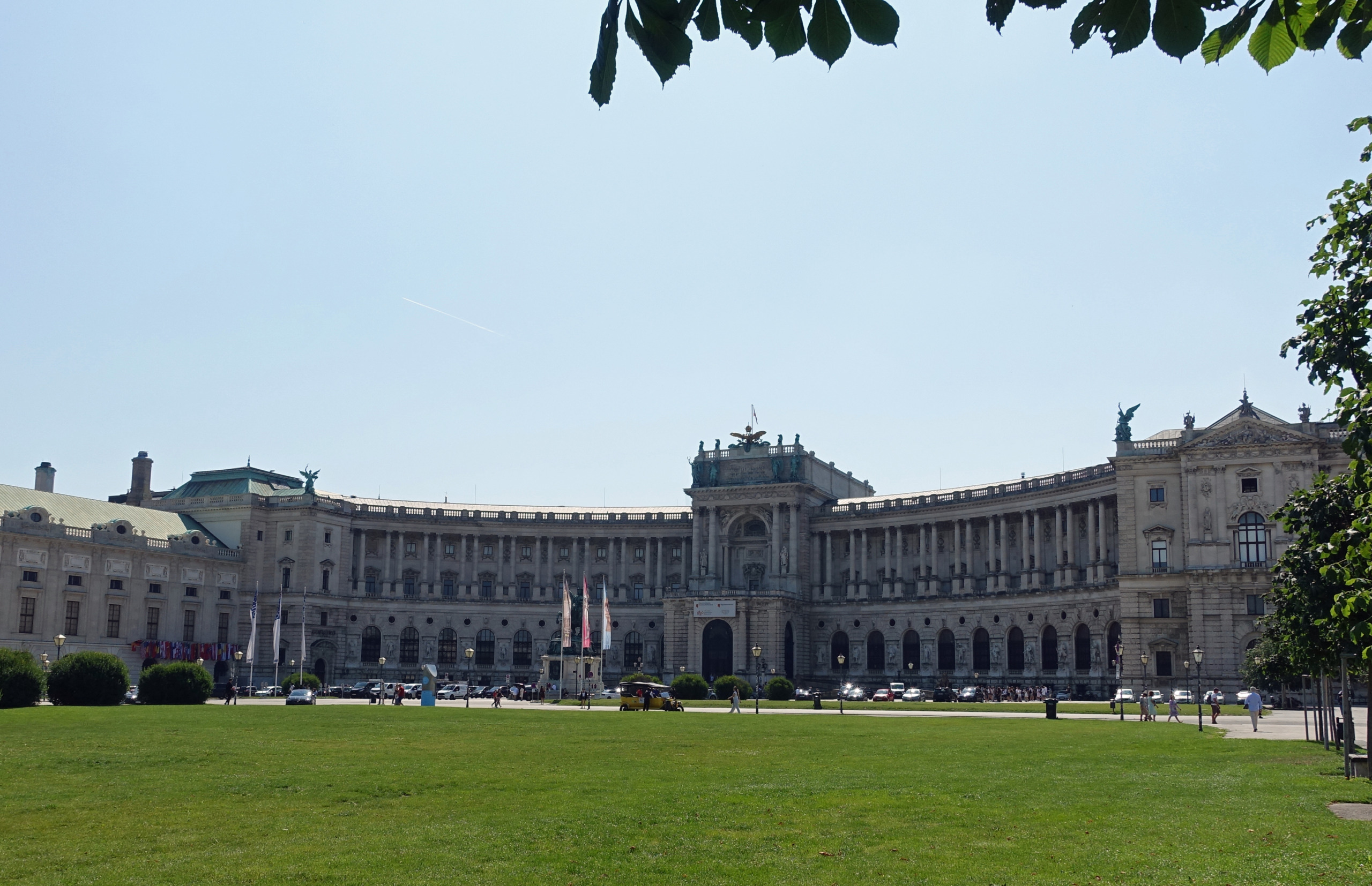
During our random wanderings we accidentally stumbled upon the Ankeruhr Clock, named after the insurance company that commissioned the work. The mechanical clock was built in 1914 by painter and sculptor Franz Matsch. A set of 12 personalities from Vienna’s past rotates slowly around the display, ensuring a new figure appears each hour. The clock also marks the top of the hour with organ music, each piece matching the individual associated with that hour. At midday though, all twelve Ankeruhr figures go through a complete rotation.

Our time in Vienna coincided with some members of our Senior Nomads Facebook group. We almost met up with Kevin & Deb in Cape Town but this time our communication worked out and we met at the Naschmarkt for a drink. They are fellow Canadians who are on a one year travel adventure before settling down in a new province. We had fun swapping travel stories and sharing ideas.

No visit to Vienna is complete without sampling some of the local delicacies. We stopped by the Cafe Demel takeout window to try Kaiserschmarrn, a favorite Austrian dessert. It’s a sweet fluffy pancake made with rum-soaked raisins, torn into bite-sized pieces, caramelized, and served sprinkled with powdered sugar, applesauce, and preserves. I enjoyed it but Blair was not interested in having it again, but then I have a sweet tooth and he does not 😁
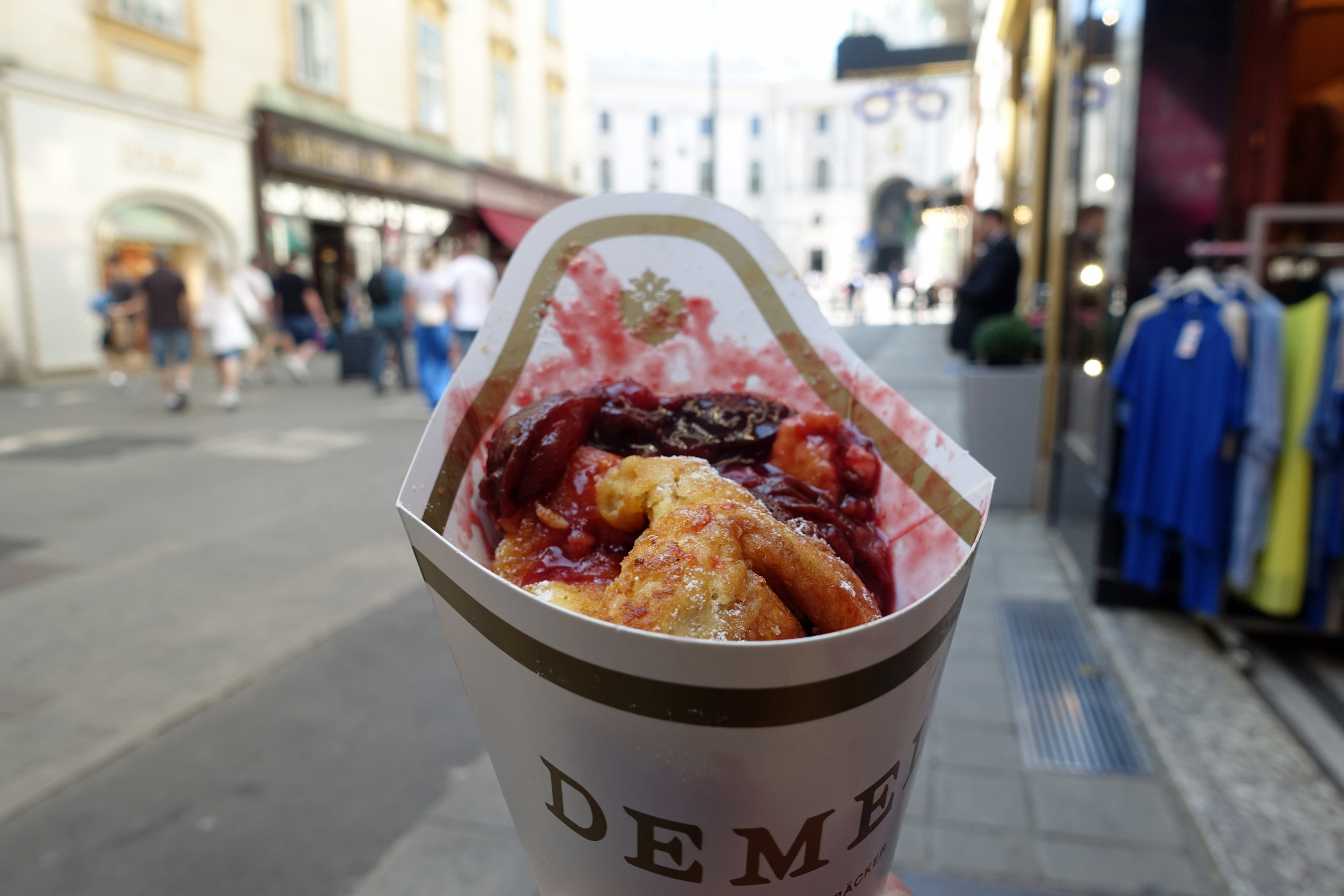
Vienna is famous for Schnitzel so of course that was on our list to try. The original schnitzel recipe is veal pounded very thin, breaded and deep fried, and larger than the plate. You can also get pork and chicken schnitzel, they are not as large. Not overly healthy and made even more so by the complete lack of vegetables accompanying the schnitzel. Basically you get a plate size piece of schnitzel with a lemon wedge to squeeze over it. We had it three times and that was enough. Our third schnitzel meal was at Figlmueller, home of the original schnitzel for 120 years. We hesitated going here in case it was just a tourist trip, but their schnitzel was the best one we had in Vienna, so it’s definitely worth going there.
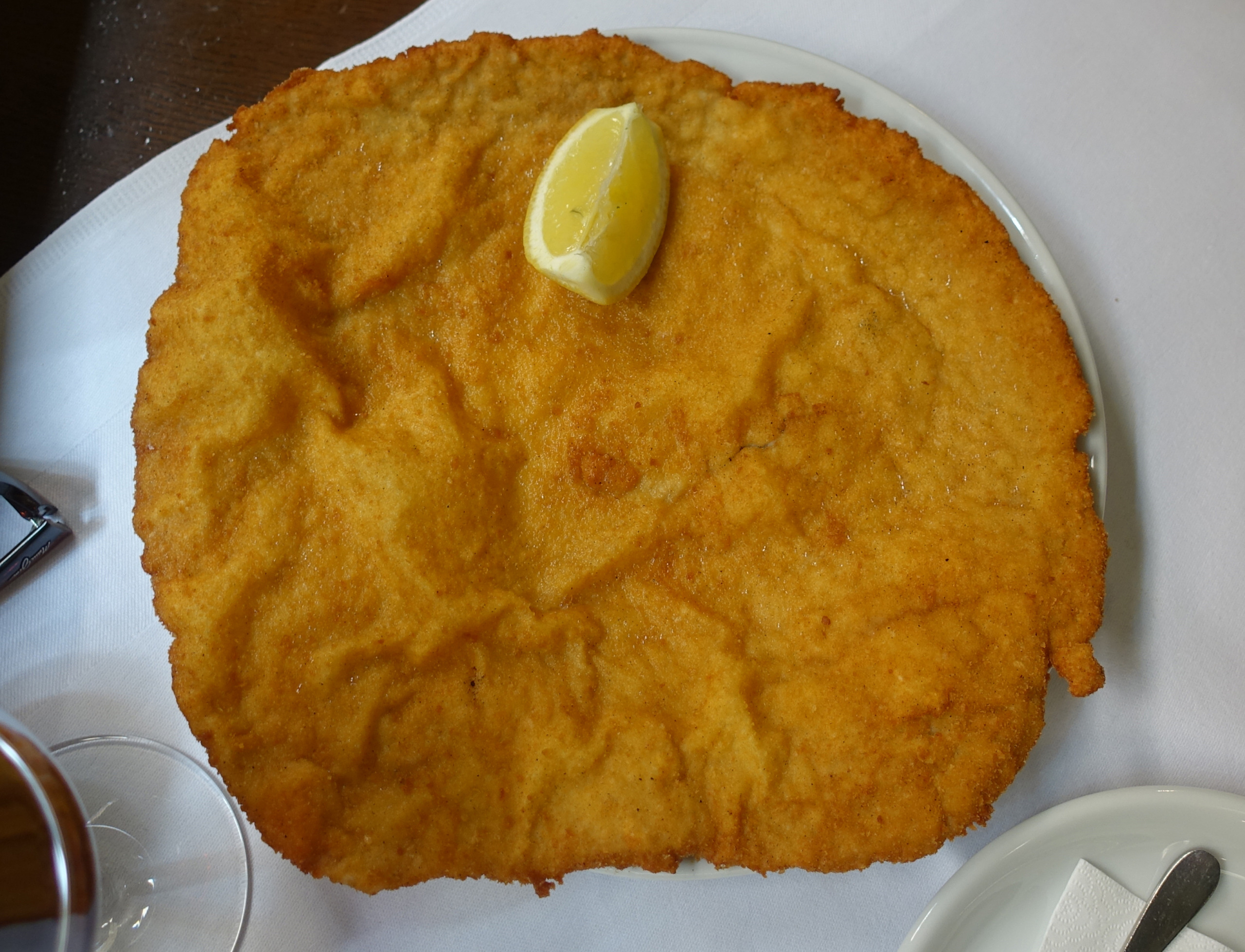

Our next foray into local food was the infamous Sacher Torte, invented here in Vienna around 1832. After a morning of sightseeing our weary feet were happy to rest in the Sacher Cafe, enjoy an iced coffee and dive in to a slice of Sacher Torte. It is a chocolate sponge cake, covered with chocolate glaze with an interior layer of apricot jam. Typically the cake is very dry so its served with a healthy dollop of whipped cream. Again, my sweet tooth was in heaven but Blair was not as excited 😂
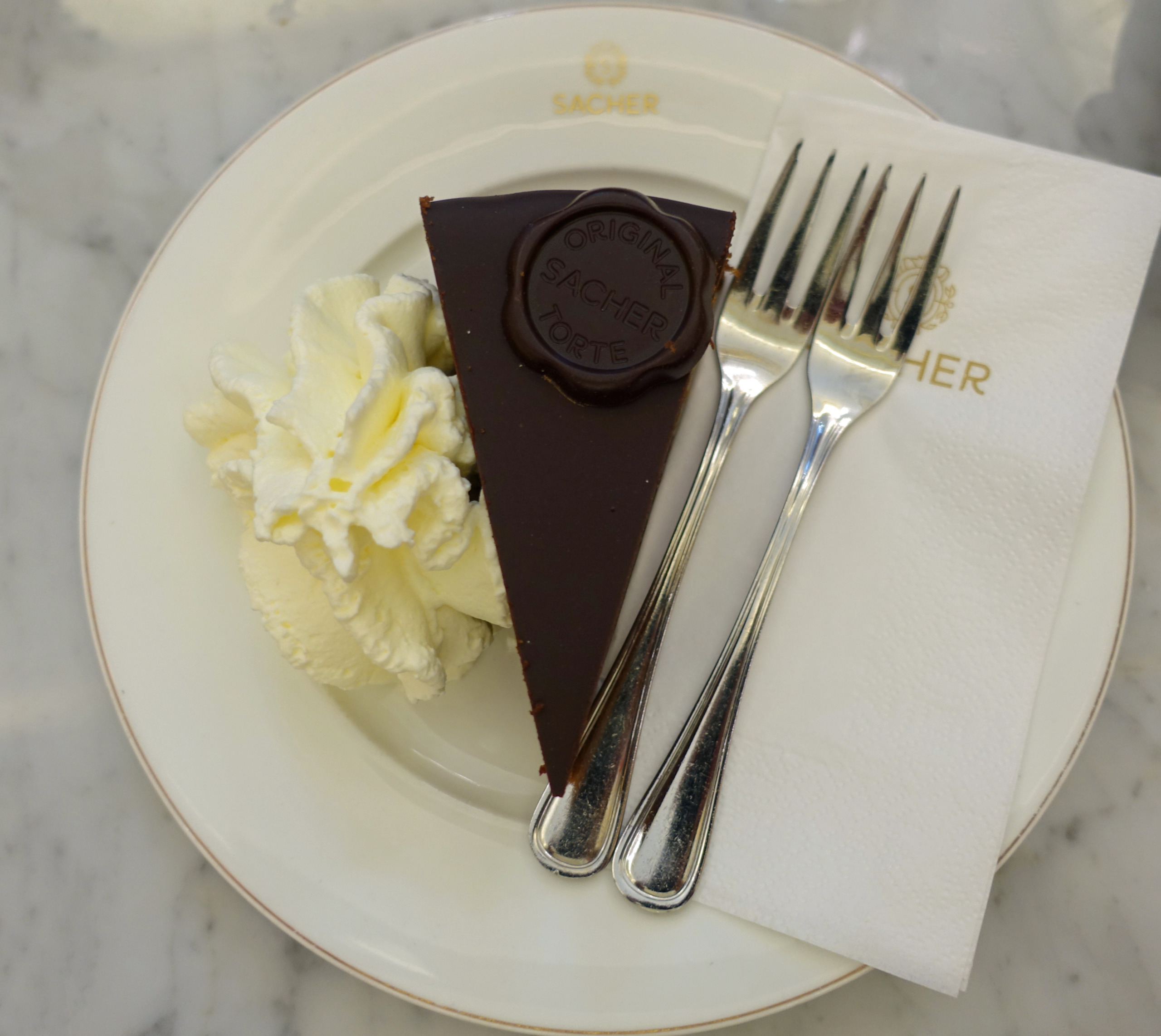
Here are a few photos of the beautiful buildings in Vienna that we walked past over the many hours we wandered around. It seems like very corner we turned we were faced with another stunning building or interesting statue.
Our two weeks in Vienna were fabulous and we enjoyed seeing the sights and trying some local food but we really missed going to the gym and doing something other than sightseeing. Doing normal things like working out gives us a more grounded feeling of living somewhere, but we did do one heck of a lot of walking. Next up, our third city stay in Europe, Prague, Czechia…..

